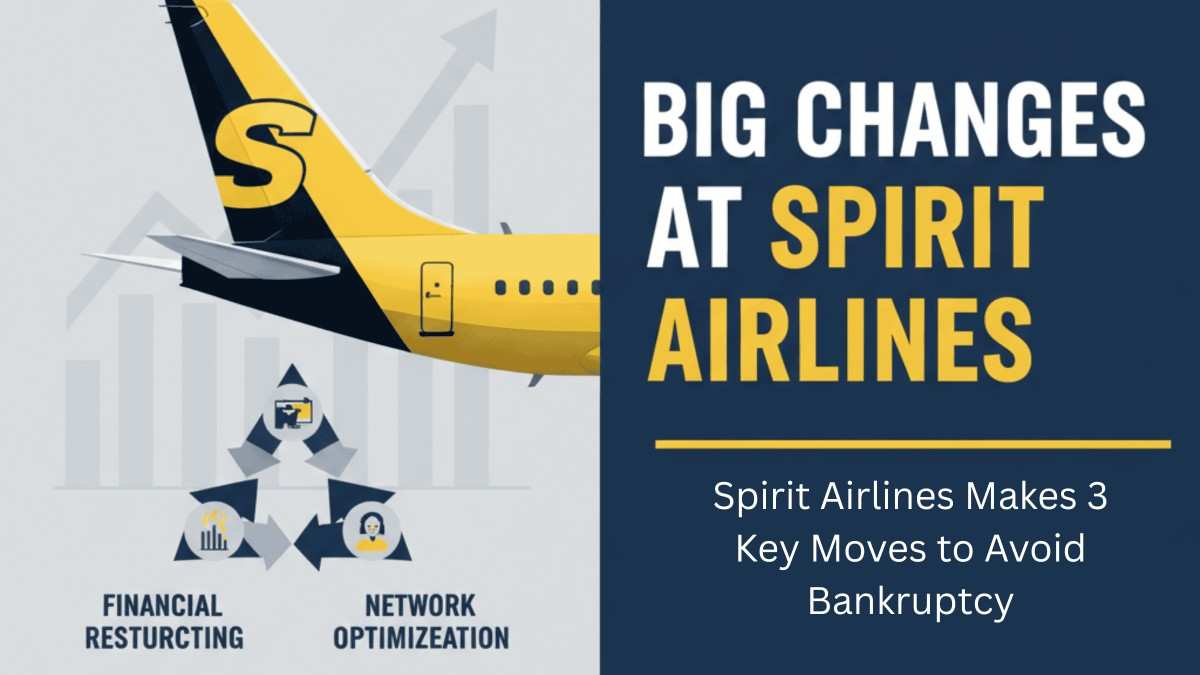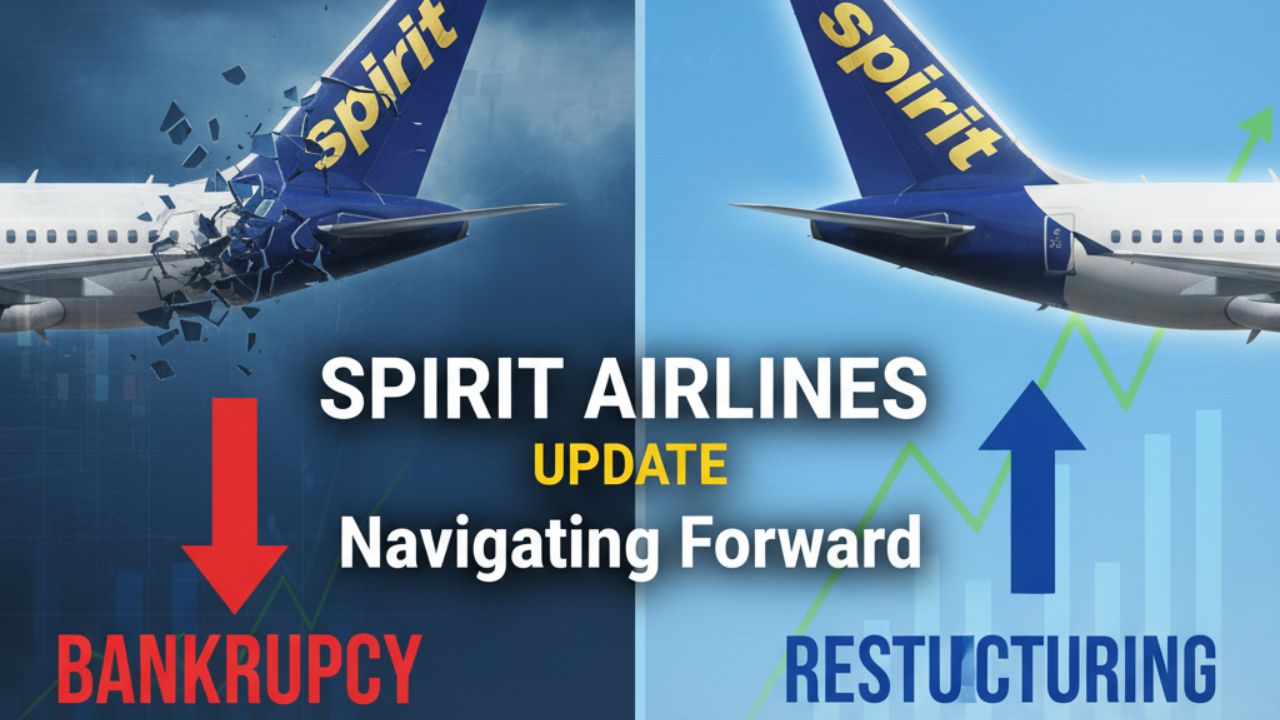
One of the great low-cost carriers in the US, Spirit Airlines, is in hard times. Filing for bankruptcy protection for the second time in under a year, Spirit has been stricken with operational and financial woes. Huge changes are being implemented to try to save money and keep the airline operational. These changes will also see Spirit downsize its fleet, return some leased aircraft, and furlough almost 1,800 flight attendants.
These decisions have been made in the wake of rising costs, increased competition, and a drop in demand for flights. With the bankruptcy protection, Spirit will get an opportunity to restructure and work toward making improvements so that the airline will hopefully emerge bigger and financially stable.
Spirit airlines is retiring almost 100 of its aircraft
After filing for bankruptcy twice this year, Spirit's plan to cut nearly 100 aircraft from its fleet does include the 87 aircraft from a recent lease rejection motion, in addition to an earlier agreement to return 27 aircraft to AerCap. So there are in all 114 aircraft being withdrawn from the Spirit fleet under its Chapter 11 restructuring.
At this time, Spirit Airlines owns 214 planes. But due to this major financial problem, they have decided to shrink their aircraft. The Chief Financial Officer, Fred Cromer, has shared that they are building a much smaller but much stronger spirit. They shared this decision during a virtual meeting with people and companies who have credited money to them.
Cromer said this move is part of a much larger plan to save money and help Spirit become profitable again. But to understand why Spirit is doing this, we need to look at what happened to the airline earlier this year.
Spirit cuts lease with 87 Planes
Apart from retiring its own planes, Spirit will return 87 leased jets. Among the planes are 65 A320neos, 19 A320ceos, and 3 A321neos. In returning the leased planes, the airline aims to cut down costs from leasing, which is a little that tends to run high.
Spirit has already concluded an agreement with AerCap, one of the biggest aircraft leasing companies in the world, to return 27 more aircraft and, in return received USD 150 million that serves the purpose of debt payment. By removing return leased aircraft, Spirit intends to lower its financial commitment while reducing debt, thus taking the airline through these hard times.
The airline is under serious consideration over the aircraft to be returned. Only the ones that are not generating due revenues or would cost too much to operate are given back. The airline is reinforcing its focus on the remaining aircraft that are still relevant to Spirit's foreseeable future.
1,800 Flight Attendants Will Be Furloughed
Along with having to toss out its planes, Spirit will furlough 1,800 flight attendants, about a third of the cabin crew. Furloughing means that these flight attendants will temporarily lose their jobs, but will promptly be recalled when Spirit’s finances improve. It is all in an effort to reduce operating costs, especially with fewer planes flying.
The furloughs are impending on December 1, and at least to start, should be voluntary so that attendants can choose to remain on furlough for a period of six to twelve months while retaining their medical benefits. Should there be an inadequate number of volunteers, however, Spirit may have to serve notice of an involuntary furlough for those flight attendants who refuse to participate.
Spirit is negotiating with the Association of Flight Attendants (AFA) to help the uphill road of laying off employees and give them priority to interview with other airlines. This enables Spirit flight attendants to have priority in getting hired by another airline while on furlough.
Spirit continues to cut down the pilot workforce, with the pilot union in negotiations to reduce pilot costs, which includes a request for the pilots to accept concessions of $100 million. Spirit believes this will ultimately help to reduce costs and get the airline on track again.
Conclusion
Hence, Spirit Airlines is going through an untoward situation, but the changes that it is making are necessary for its future. The airline is intent on reducing costs and improving operational efficiency for present-day survivability in a challenging market. Over the past few months, Spirit has embarked on a selective retirement of almost 100 aircraft, with the return of 87 leased jets and the furloughing of 1,800 employees to enable Spirit to evolve into a financially viable airline.
These decisions, although difficult, are what must be made to keep Spirit afloat. Disruptions will surely be felt by the travelling public as well as Spirit's employees, but these are changes necessary to build a stronger and more efficient company.
While their prospects hang in uncertainty, Spirit is busy trimming costs and reinventing its business model geared at driving travellers and staying in competition with other budget airlines. Small budget airlines such as Allegiant Air, Avelo Airlines, and Breeze Airways are keeping their eyes glued to Spirit as that may offer them a chance to grow in the market.
In the end, Spirit's emergence out of bankruptcy as a smaller yet stronger airline truly rests in its hands to make the hard decisions.





